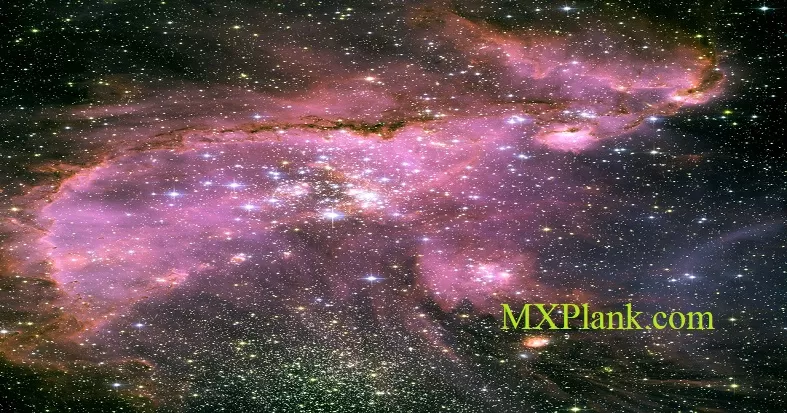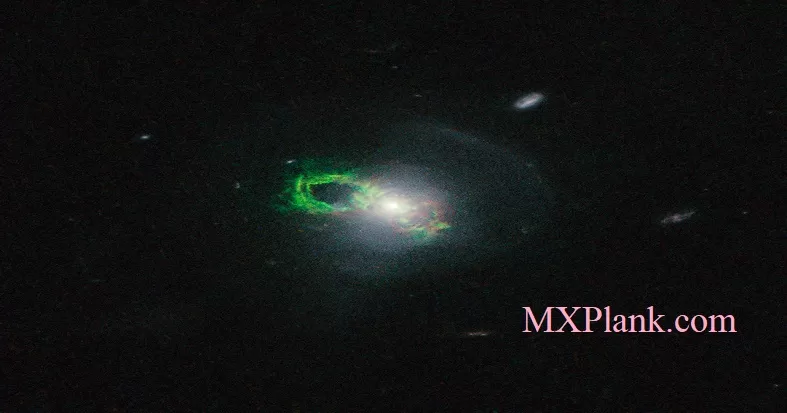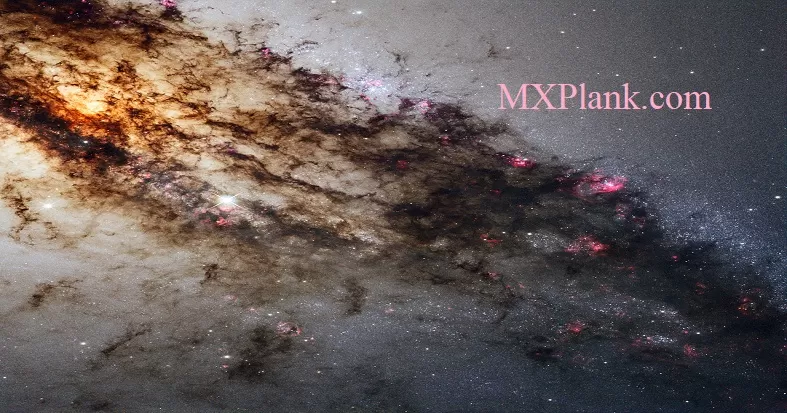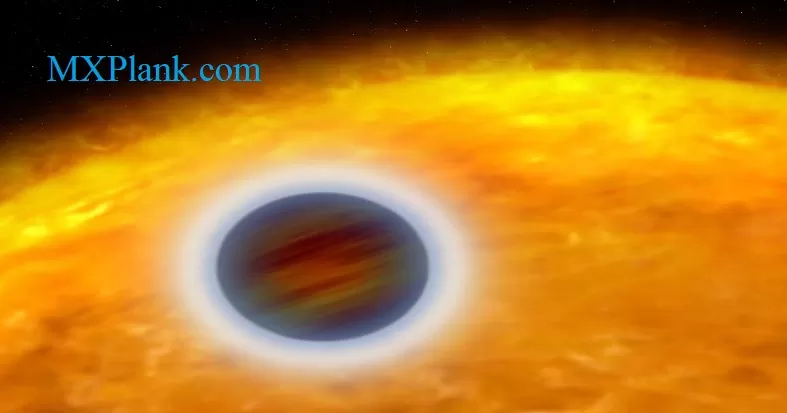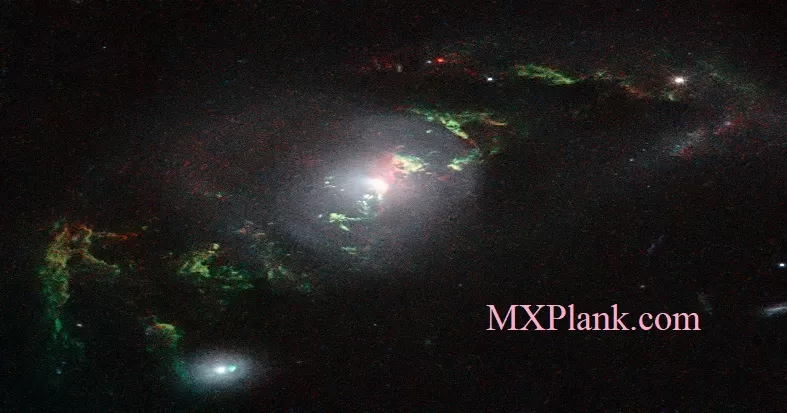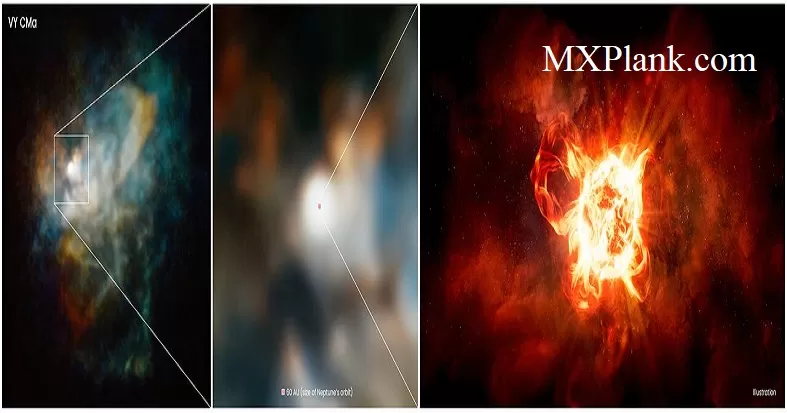Hubble celebrates International Year of Astronomy with new view of Milky Way

A never-before-seen view of the turbulent heart of our Milky Way galaxy provided by the NASA/ESA Hubble Space Telescope and its companion Great Observatories (the Spitzer Space Telescope and the Chandra X-ray Observatory) is being unveiled on 10 Nov 2009. This event will commemorate the 400 years since Galileo first turned his telescope to the heavens in 1609.
Although best known for its visible-light images, Hubble also observes over a limited range of infrared light and this sweeping panorama is the sharpest infrared picture ever made of the galactic centre region. The composite image – made up of an image from each telescope – features the spectacle of stellar evolution: from vibrant regions of star birth, to young hot stars, to old cool stars, to seething remnants of stellar death called black holes.
This activity occurs against a fiery backdrop in the crowded, hostile environment of the galaxy's core, the centre of which is dominated by a supermassive black hole nearly four million times more massive than our Sun. Permeating the region is a diffuse, blue haze of X-ray light from gas that has been heated to millions of degrees by outflows from the supermassive black hole as well as by winds from massive stars and by stellar explosions. Infrared light reveals more than a hundred thousand stars along with glowing dust clouds that create complex structures including compact globules, long filaments, and finger-like 'pillars of creation,' where newborn stars are just beginning to break out of their dark, dusty cocoons.
NASA/ESA and The Hubble Heritage Team (STScI/AURA)

